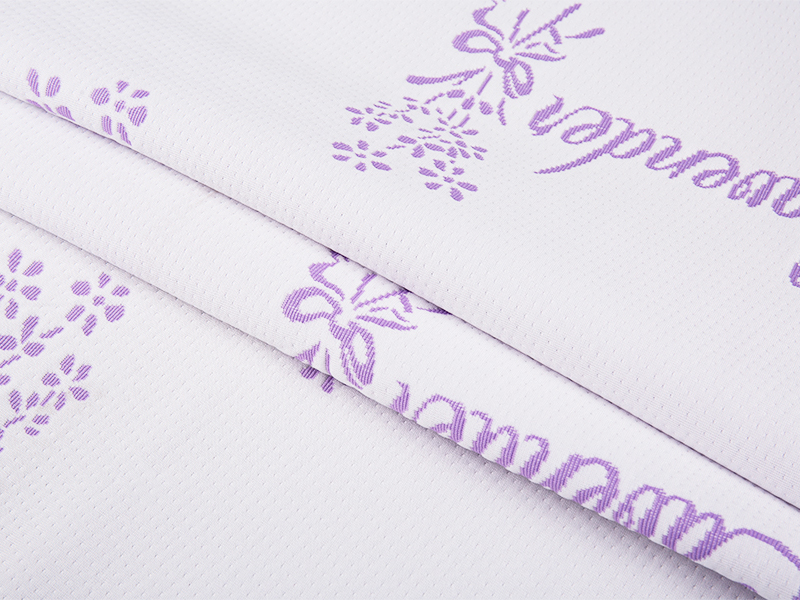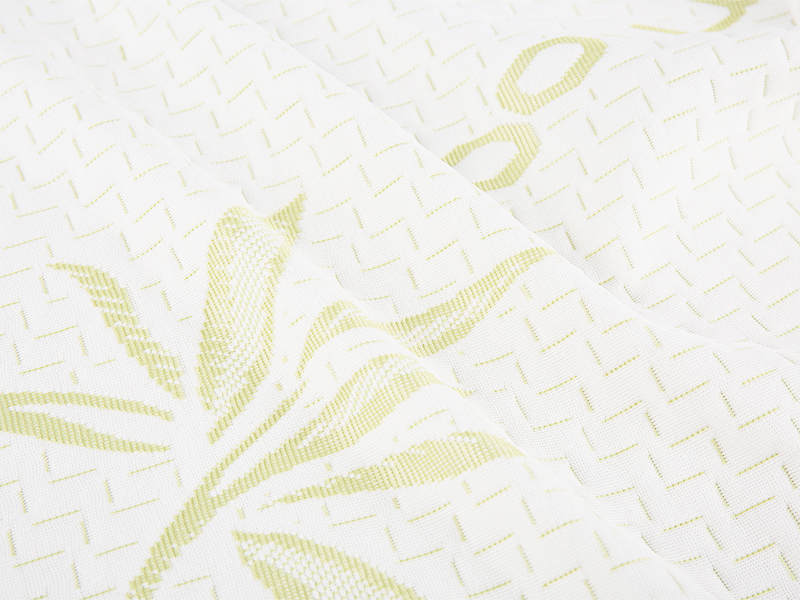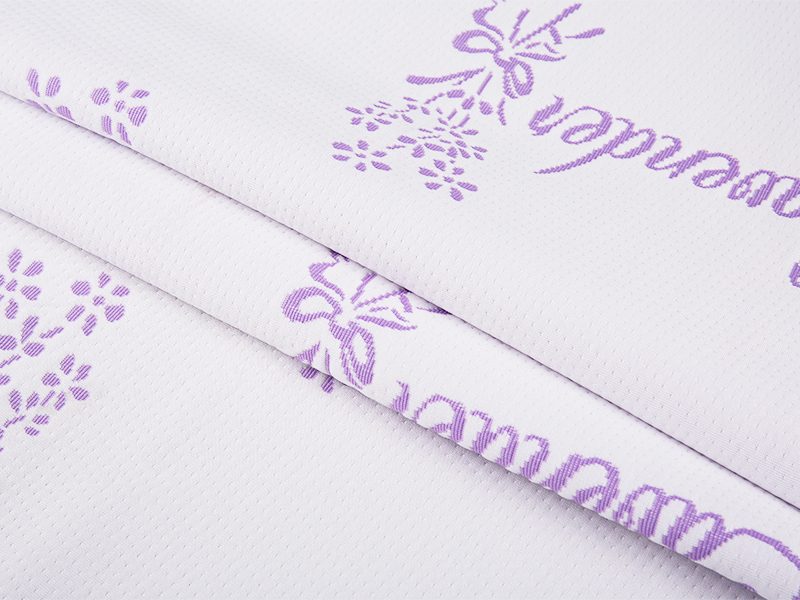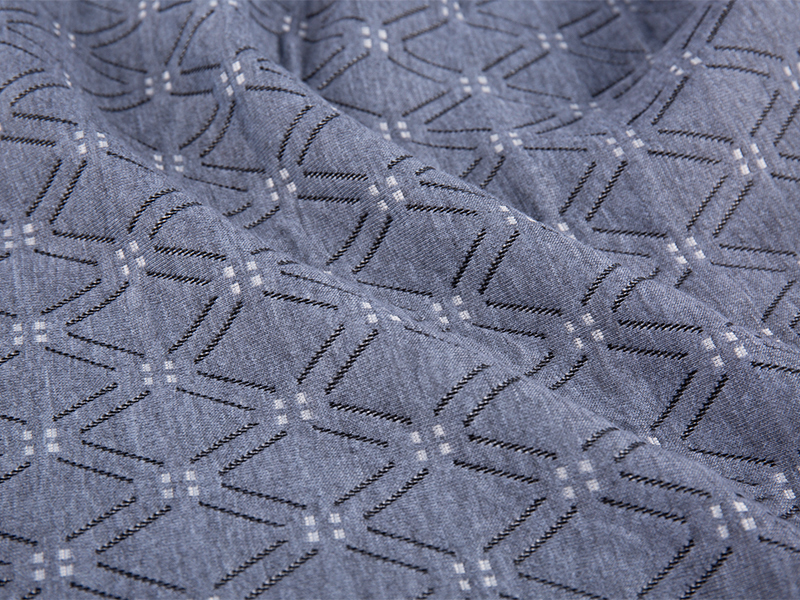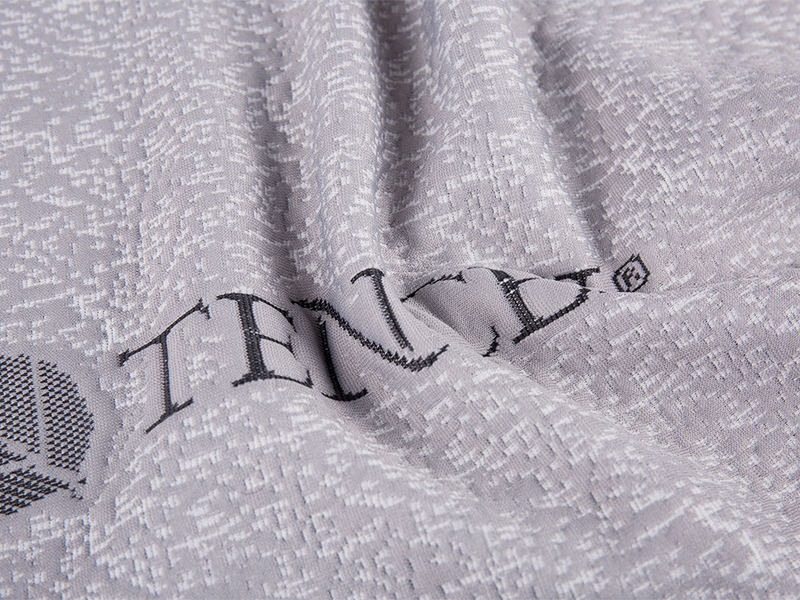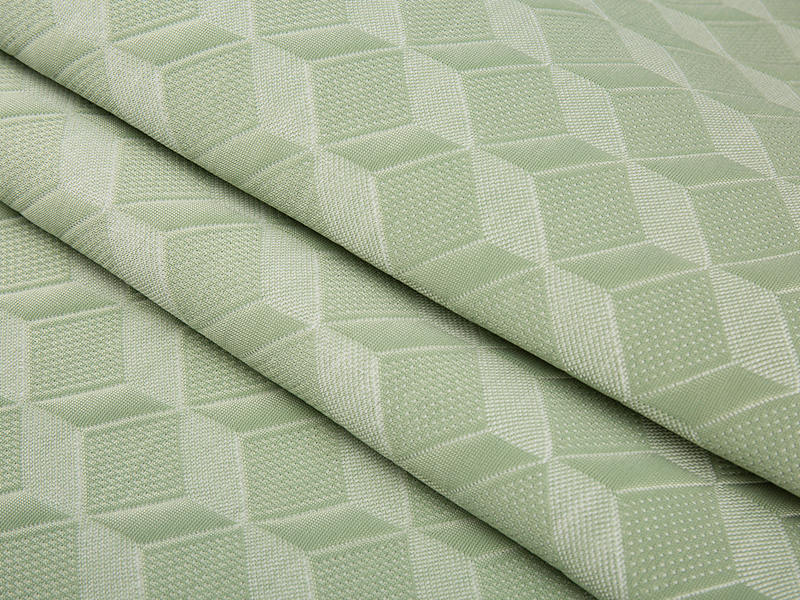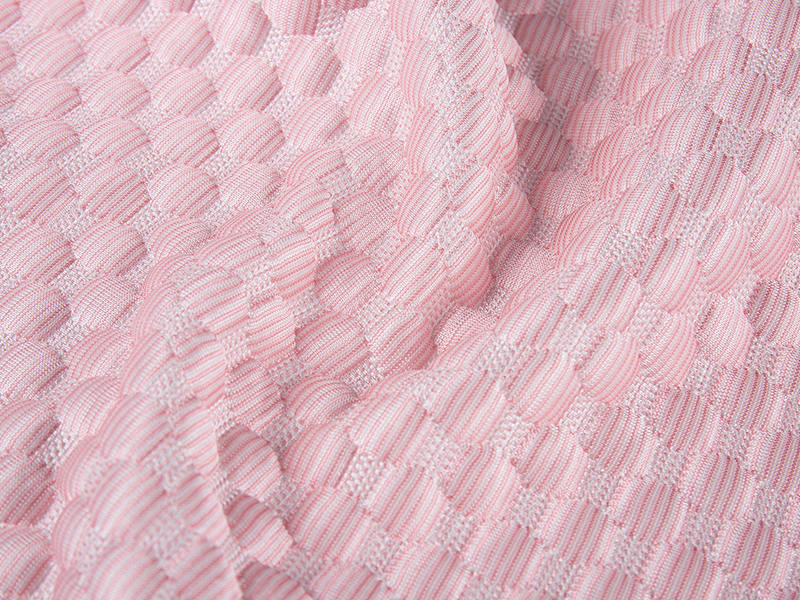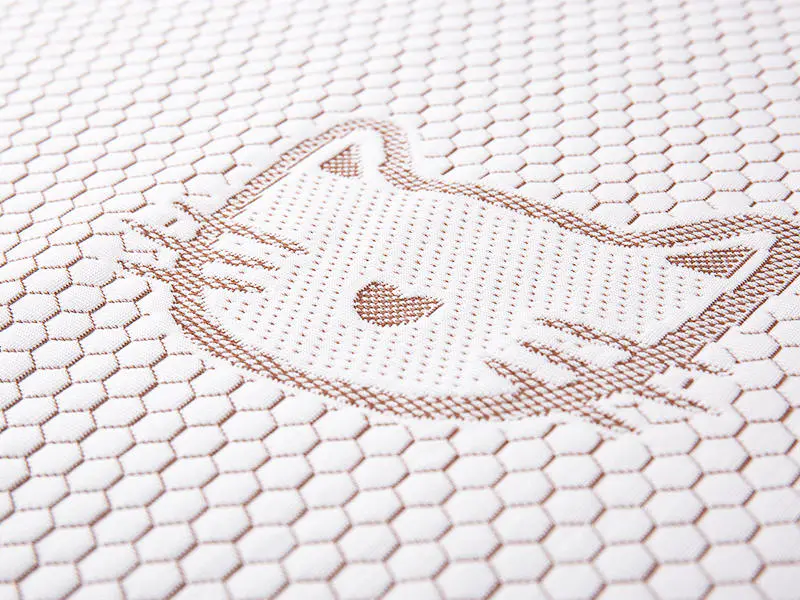Introduction to Mattress Fabrics
Why Mattress Fabric Matters for Comfort and Durability
The fabric used in a mattress plays a significant role in both comfort and longevity. A high-quality mattress fabric ensures that the mattress is not only soft and comfortable but also durable and able to withstand daily use. In this section, we will explore why fabric choice is essential when selecting a mattress for your home. Comfort is essential, but durability should never be compromised, as it contributes to the mattress's long-term value and effectiveness.
- Durability and resistance to wear and tear are critical for mattress longevity.
- Comfortable fabrics ensure a restful night's sleep by providing soft yet supportive surfaces.
- Fabric plays a role in regulating temperature and moisture, contributing to better sleep quality.
What to Look for When Choosing Mattress Fabric
When selecting a mattress, it's important to consider the material's breathability, softness, and durability. Fabrics that allow for proper air circulation are especially important for those who tend to get warm at night. Additionally, comfort can vary depending on the fabric's texture, so it's worth considering your personal preferences. Lastly, fabric durability ensures that the mattress will hold up for years to come.
- Breathability to maintain a comfortable sleeping temperature.
- Softness for a more plush, luxurious feel.
- Durability for long-lasting use without wear or fading.
Common Types of Mattress Fabrics
Cotton Mattress Fabrics
Cotton is one of the most popular and traditional choices for mattress fabrics. Known for its softness and breathability, cotton offers a natural, hypoallergenic option for sleepers. Its ability to wick moisture away from the body makes it a great option for those who tend to sleep warm.
- Breathable and natural fabric.
- Soft and comfortable surface for a good night's sleep.
- Hypoallergenic, making it ideal for sensitive skin.
Polyester and Synthetic Fabrics
Polyester and other synthetic fabrics are a more affordable option compared to natural fabrics like cotton. These materials are durable and resistant to wrinkles and stains. However, they are generally less breathable than natural fabrics and may trap heat, making them less ideal for hot sleepers.
- Durable and affordable.
- Resistant to wrinkles and stains.
- Less breathable than natural fabrics, which may lead to overheating in warmer climates.
Memory Foam and Gel Mattress Fabrics
Memory foam is often used in conjunction with mattress fabrics that offer temperature regulation properties. These fabrics are designed to enhance the cooling effect of the memory foam, helping to keep sleepers comfortable. While memory foam provides excellent contouring support, it can sometimes trap heat, which is why breathable fabrics are critical for maintaining comfort.
- Excellent support for pressure points and body contouring.
- Memory foam can retain heat, so breathable fabrics are important.
- Gel-infused fabrics enhance cooling properties for a more comfortable sleep environment.
Eco-Friendly Mattress Fabrics
Organic Cotton
Organic cotton is a sustainable option for mattress fabrics, grown without harmful pesticides and chemicals. This fabric offers all the benefits of cotton—softness, breathability, and hypoallergenic properties—without the environmental impact of conventional cotton farming.
- Grown without pesticides, offering a more eco-friendly option.
- Soft and breathable for a comfortable sleep environment.
- Hypoallergenic and gentle on sensitive skin.
Bamboo and Hemp Fabrics
Bamboo and hemp fabrics are gaining popularity due to their sustainability and eco-friendly nature. These fabrics are naturally moisture-wicking, breathable, and resistant to mildew. They are also incredibly durable and can provide a luxurious feel without the environmental cost.
- Breathable and moisture-wicking for a cool, dry sleep.
- Eco-friendly and naturally resistant to mold and mildew.
- Durable and long-lasting, providing great value over time.
Factors to Consider When Choosing Mattress Fabric
Sleeping Position and Fabric Selection
Your preferred sleeping position can influence the type of fabric that works best for you. For example, side sleepers might prefer softer, plush fabrics to relieve pressure on their shoulders and hips, while back and stomach sleepers may opt for firmer, more supportive fabrics.
- Side sleepers – Soft fabrics like cotton or silk provide cushioning for pressure points.
- Back sleepers – Medium-firm fabrics like linen offer support without being too soft.
- Stomach sleepers – Firmer fabrics such as organic cotton help prevent excessive sinking.
Climate Considerations for Mattress Fabric
Climate is an essential factor to consider when choosing mattress fabric. Hot sleepers or those living in warmer climates should look for fabrics that offer breathability, such as cotton or bamboo, while those in colder climates might opt for fabrics that provide extra warmth, like polyester blends or thicker cotton options.
- Warm climates – Opt for breathable fabrics like cotton or bamboo.
- Cold climates – Choose thicker fabrics like flannel or polyester blends for added warmth.
- All-season comfort – Memory foam with cooling fabrics offers comfort year-round.
FAQ
What is the best fabric for durability in mattresses?
Polyester and memory foam fabrics are highly durable and can withstand regular use without showing signs of wear. Additionally, organic cotton is also a durable choice, especially if combined with other supportive layers like memory foam or latex.
How do mattress fabrics affect sleep quality?
Mattress fabrics affect sleep quality by influencing temperature regulation, breathability, and overall comfort. Breathable fabrics like cotton and bamboo can help keep sleepers cool and dry, while softer fabrics can enhance comfort for a more restful sleep.
Is organic cotton better than polyester for mattress covers?
Organic cotton is generally considered a better option than polyester for mattress covers due to its hypoallergenic properties, breathability, and environmental sustainability. However, polyester is more affordable and durable, though it may not provide the same level of comfort and natural feel.


